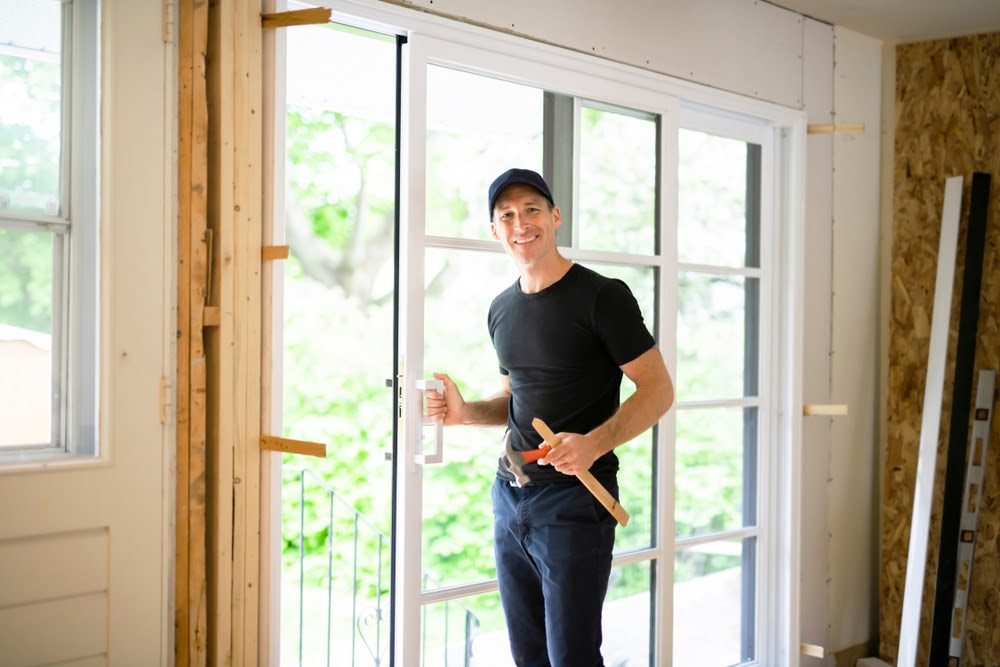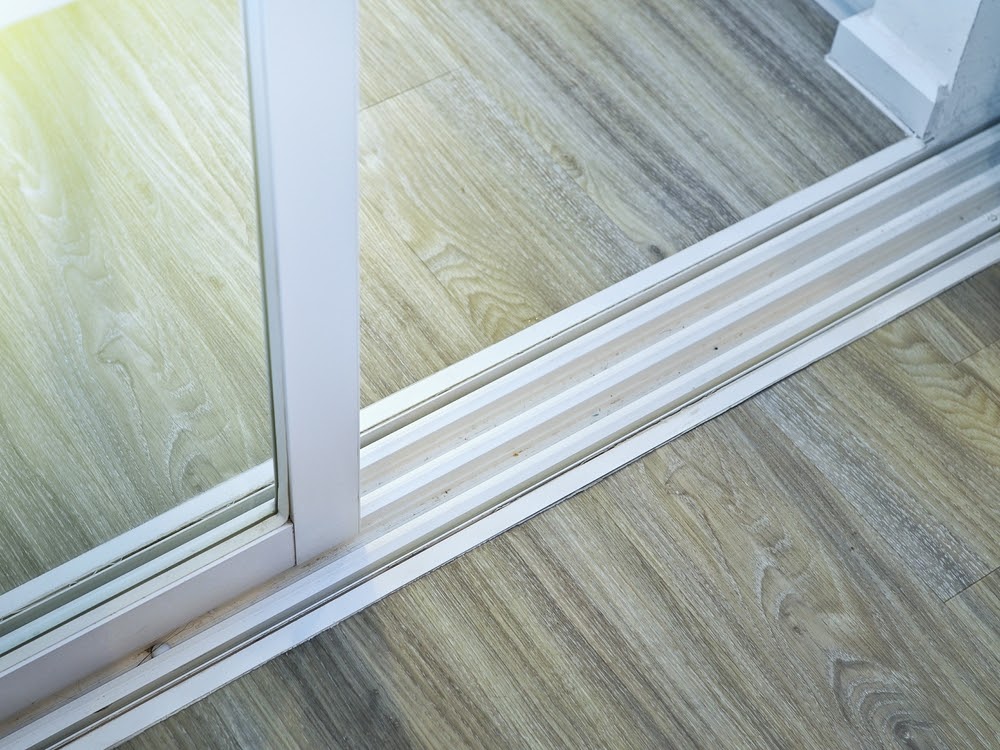A Guide to Energy Efficient Sliding Glass Doors
Many homes are designed with sliding glass doors overlooking their backyard, garden, pool or patio. These doors are beautiful and functional, but they are also a major source of heat loss in the winter and heat gain in the summer.
In other words, sliding glass doors can force your heating and cooling system to work harder to maintain a comfortable temperature in your home. Your heating and cooling system will consume more energy as a result, which will drive up your energy costs. But fortunately, there is a way to enjoy the beauty of a sliding glass door without wasting energy. Here’s what you should know about energy efficient sliding glass doors:
What is the Most Energy Efficient Sliding Glass Door?
If you are shopping for an energy efficient sliding glass door, look for the ENERGY STAR® label. This label is only placed on products that have met strict energy efficiency requirements.
Every sliding glass door with an ENERGY STAR® label is energy efficient. The key to finding the most energy efficient door, though, is looking for the right climate zone on the ENERGY STAR® label.
Use this map to determine which climate zone you are located in. Then, look for an ENERGY STAR® sliding glass door made specifically for your climate zone. Doing this ensures you choose a door that is certified to meet the energy efficiency criteria in your area.

How Much Are Energy Efficient Sliding Glass Doors?
The price of energy efficient sliding glass doors can vary depending on a number of factors, including the size and brand. But in general, energy efficient sliding glass doors cost between $800 to $2,000.
High-end brands often charge more for their glass doors. A sliding glass door manufactured by a high-end brand could cost up to $5,000.
Remember, this is just the cost of the sliding glass door. You may need to pay more for installation. The cost of installing an energy efficient sliding glass door will vary depending on whether what needs to be done to complete the installation. Here are some general prices:
- Replacing an existing sliding glass door: $800 to $2,000
- Retrofitting an existing opening to fit a new energy efficient sliding glass door: $1,100 to $2,600
- Install new sliding glass door into a solid wall: $1,400 to $3,500
If you are simply replacing an existing door, you may be able to complete the task on your own. But if it requires retrofitting an existing space, it may be best to hire a professional.
Are Sliding Doors or French Doors More Energy Efficient?
French doors and sliding glass doors look very similar. Both French doors and sliding doors are made primarily of glass, but French doors swing in and out from hinges on the sides of the frames, whereas sliding doors slide back and forth along a track. If you are deciding between these two options for your home, it’s important to understand which type of door is more energy efficient.
In general, sliding glass doors are more energy efficient than French doors. This is because the overlap between the two panels of glass on a sliding glass door can create a tighter seal to prevent air leaks. However, it is much harder to seal the center area where French doors come together to close. Because of this, French doors typically allow more air to leak out of your home than sliding glass doors.

How Can I Make My Sliding Glass Door More Energy Efficient?
New energy efficient sliding glass doors are expensive, so you may not be ready to invest in this upgrade quite yet. In that case, there are certain steps you can take to make your existing doors more energy efficient without breaking the bank. Here’s what to do:
- Keep the sliding glass door track clean. Dirt and debris can knock the sliding glass door slightly off track, which can prevent it from sealing correctly. This could lead to greater air leakage.
- Hang energy efficient window treatments. Installing drapes or another type of window treatment over your sliding glass doors could prevent heat gain in the summer and heat loss in the winter.
- Add weatherstripping. Applying weatherstripping to the top and bottom of your sliding glass door will seal air leaks. The best type of weatherstripping for sliding glass doors is “fin-seal weatherstripping.”
- Apply a window film. Plastic window films will fit directly over the glass on your sliding glass door. These films are designed to provide extra insulation and reduce heat loss in the winter and heat gain in the summer.
By following these tips, you can enjoy the beauty of sliding glass doors without worrying about how much energy they are wasting.


